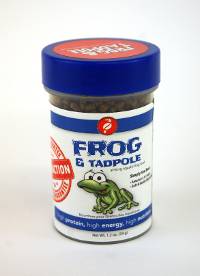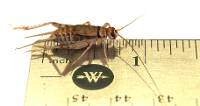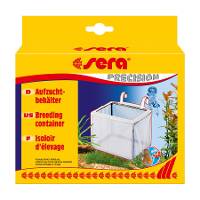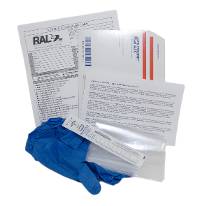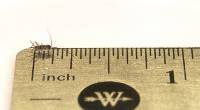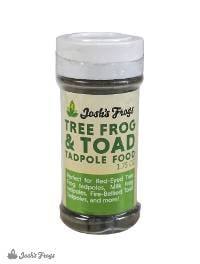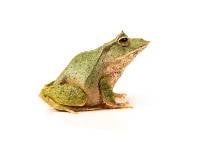Defining Characteristics:
- Novice to intermediate to keep
- Fully aquatic frog species
- Bold
- Moderate upkeep
- Moderate Clicking Call
- Small
- Can be kept in groups
- Moderate to breed
Name:
Pipa parva also known as the Sabana Surinam Toad or the Dwarf Toad. Going forward to avoid confusion with the African Dwarf Frog, Sabana Surinam toad will be used or
Pipa parva. Parva in latin means "small" which makes sense when you compare this species with others in the
Pipa genus. Despite their common name indicating they are a toad they belong to the family Pipidae which defining characteristics are being tongueless, having completely webbed back feet, and having a flattened body.
Recommended Enclosure Setup:
Pipa parva can be housed in an enclosure as small as a 10 gallon aquarium with two to three individuals. In larger aquariums, additional frogs can be added at the rate of 2 per 5 gallons. Water quality is very important for all aquatic animals so proper filtration is a must. This can be accomplished in a number of ways: Sponge filters, frequent water changes, or
filtration systems. Periodic water changes should still happen when paired with other methods but they will be less frequent. Live
aquatic plants such as java moss are great for these frogs. Substrate should not be something that these frogs can get stuck in the intestinal tract or mouths of this species so
aquarium sand or
larger pebbles as a substrate should be used and gravel should be avoided. A bare bottom tank is also an option and can help with waste removal.
Spider wood and
decorative rocks can supply these frogs with appropriate hiding places to feel safe.
Temperature:
Pipa parva like it pretty warm, typically in the mid 70s. These temperatures can be achieved with an appropriately sized
aquarium heater.
Size: Adult
Pipa parva are sexually dimorphic, so females tend to be a bit bigger than males, but there is some overlap in the size range for each sex. Females can be between 1 and 1.75 inches and males are 1 to 1.5 inches. Pipa parva, when sold by Josh's Frogs, will be at least 0.75 inches long.
Age:
Pipa parva will be at least 2-3 months old at time of sale. They can live for up to 7 years in captivity but may live longer with ideal care.
Feeding: The Sabana Surinam Toad is able to consume a variety of foods and, unlike most other frogs, are not limited to live foods.
Bloodworms and frog and tadpole bites are definitely going to be staples for this species, but these frogs can also consume red wigglers.
Sexing: Female
Pipa parva will be larger and more rotund, especially when gravid with eggs. Males will amplex females around the waist and call with periodic clicking sounds during breeding season.
Color/Pattern: They are fairly unassuming as far as frogs go. They are a light grey or brown color with some mottling on their backs. Their forelimbs are typically observed oustretched and poised to pull food into their mouths. They also have very small eyes that are sometimes very hard to see at first glance.
Social Behavior:
Pipa parva males can be territorial and "fight" with each other, which consists of gently bumping into each other and occasional wrestling while making clicking/buzzing noises. This aggression will not prevent multiple frogs from being housed together, as long as enough space is provided.
Breeding: These frogs, once mature, will breed without much stimulation needed like other frogs. Males will amplex females around the waist when they are gravid with eggs. The frogs will perform a series of acrobatics, which results in fertilized eggs being deposited in the epidermis of the female, where she will carry the eggs until they hatch into tadpoles. The tadpoles in this species are free swimming and are filter feeders, so the food will need to be in the water column for them to be able to eat.
Natural Range: This species occurs mainly in northern Venezuela, centered on the Lake Maracaibo Basin. Its range includes a small part of northeastern Colombia. It has been introduced into the Lake Valencia Basin in northern Venezuela, posing concern about its possible expansion to the south into other river basins, such as the Orinoco. In Venezuela, its altitudinal range is from sea level up to 300m asl. (
IUCN red list)
History in the Hobby: Typically this species is found in zoo settings but has occasionally made its way into private collections.
Links of Interest:
- Amphibia Web
- IUCN Red List for Pipa parva
- Wikipedia for Pipa parva
- Pipa parva calling
Still not sure if
Pipa parva
from Josh's Frogs is the right pet for you? Read the reviews below and see what other customers are saying!




